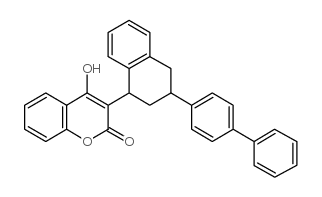| Structure | Name/CAS No. | Articles |
|---|---|---|
 |
Difenacoum
CAS:56073-07-5 |
|
 |
Chlorophacinone
CAS:3691-35-8 |
|
 |
coumatetralyl
CAS:5836-29-3 |